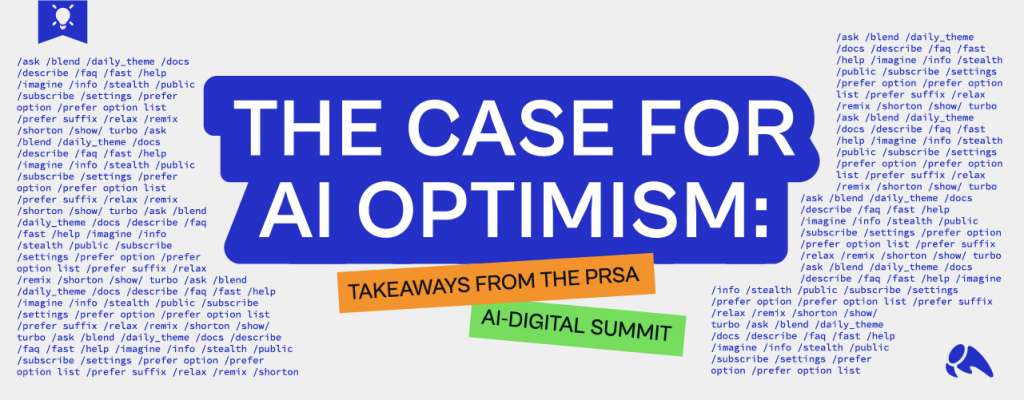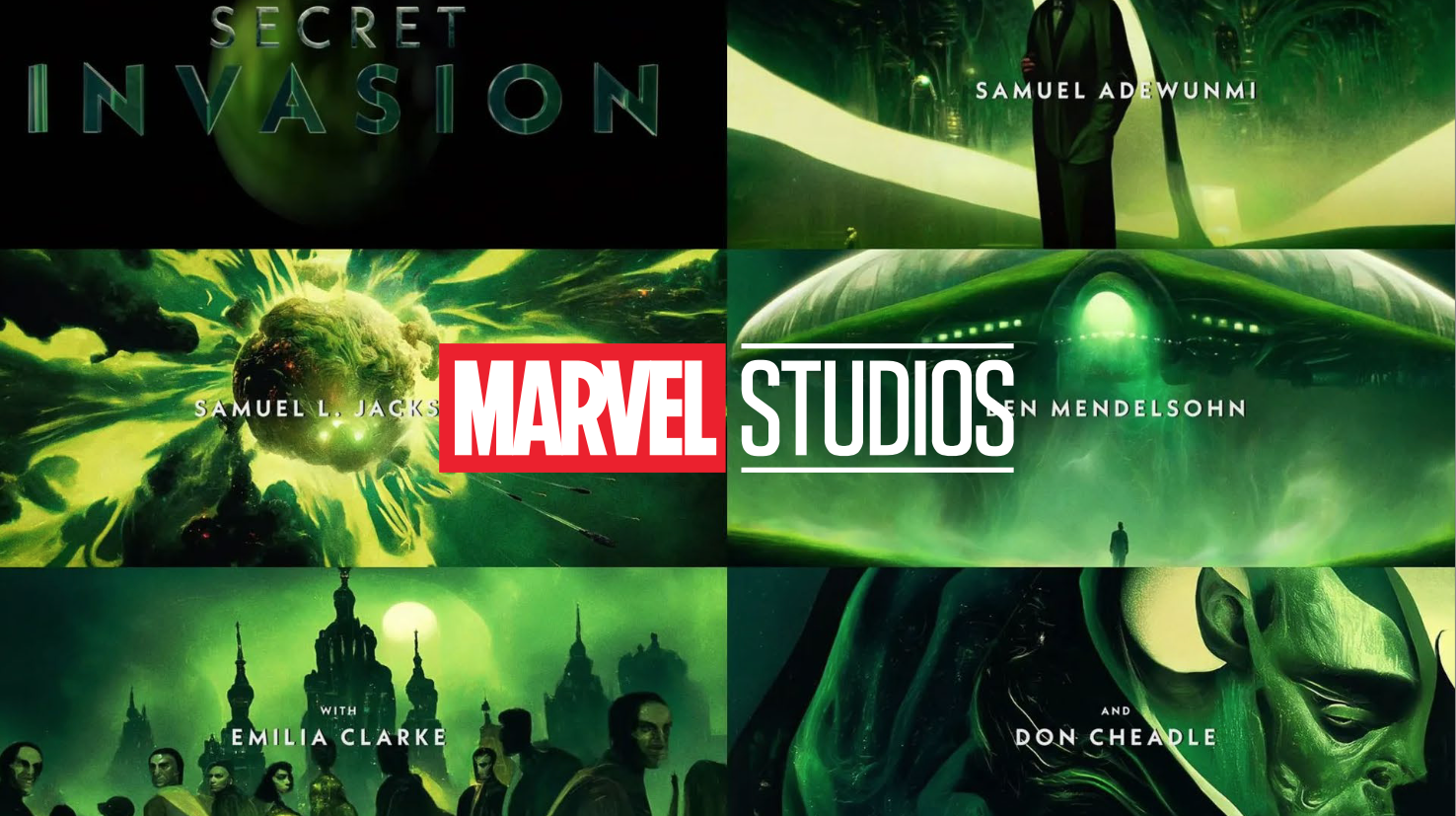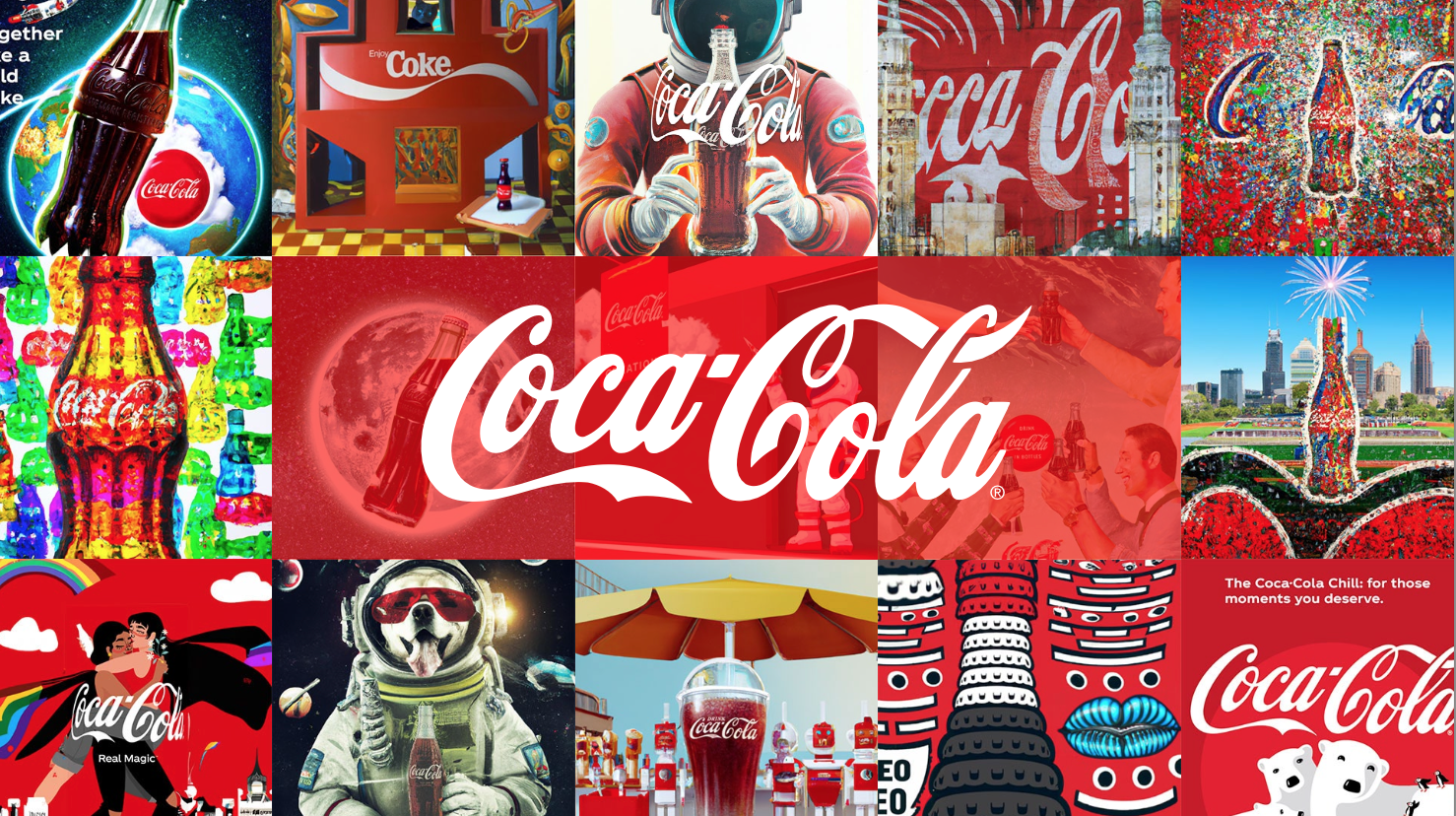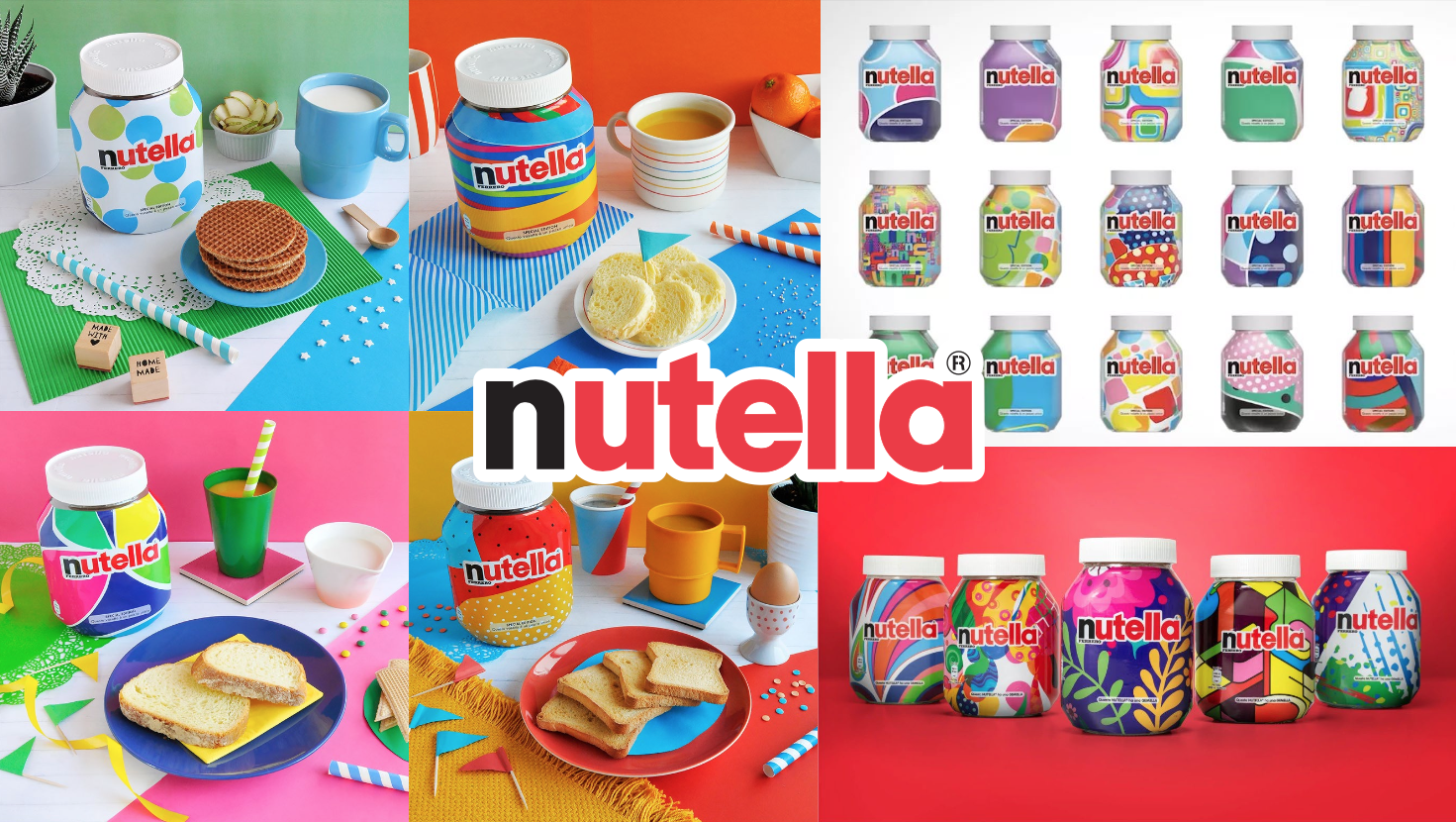
Listen to this blog:
Powered by RedCircle
The question of how AI can help marketers and public relations professionals do our jobs more effectively is one we’re all collectively figuring out right now. Some people are excited by the possibilities, others are overwhelmed, and many still lack trust or hold ethical concerns. This distrust often comes from a lack of understanding.
The Capital Region PRSA dedicated a big chunk of their 2023 Digital Summit to conversations around AI. Our Principal, Michelle Toch Dinsmore, gave an overview of AI for marketing and communications, and Art Director Jeremy Evans spoke about AI image generation and walked us through MidJourney. PRSA also hosted a panel featuring local experts who shared their perspectives on AI.
The Case for AI Optimism
Though the name sounds scary, Artificial Intelligence is really just “the science of making machines smarter.” It has been around in many different forms since the 1950s, and most people use it every day without even realizing it. When you talk to Siri or Alexa, use Google Maps, or browse the recommended products on Amazon or movies on Netflix, you’re using AI.
When we talk about AI for marketing and communications, we’re talking about Generative AI, which is “the systems, products, and technologies we use to process the data we humans are feeding these technologies to simulate human intelligence, talent, and problem-solving.”
According to Michelle, Generative AI is here to optimize our superpowers in marketing, communications, design, and strategy. It is a tool for humans. Use the power for good! She explained three potential business modes of AI: Optimize, Accelerate, and Transform.
Optimize: Make your internal efforts more efficient
Use Large Language Models (LLMs) like ChatGPT4, Poe, Perplexity, Bard/Duet (Now called Gemini ), etc, to be your new assistant! Learn to engineer prompts to help you with brainstorming or concepting, proofreading, initial research, prep for meetings, summarizing findings, and so much more. Experiment and iterate to develop the right workflows for you.
Accelerate: Improve your current service/product
You can prompt LLMs to give you information about your products and services. Ask what features are unique compared to your competitors. What are the benefits? What are the strongest characteristics? What kind of message will resonate with my audiences? Of course, this is just a starting place for further research, but it can help get your ideas flowing for how to improve or how to market your product or service. Ultimately, you could get an idea for a brand-new product or service based on your findings.
Where to begin with AI?
Your human strategy leads. Remember, these tools are not to replace humans but to help make us smarter. Don’t get overwhelmed. Start small and educate yourself. Sign up for a webinar or watch YouTube videos. Test and play with language models and see how to bring them into your workflows. Explore tools and test them. Are they fun or useful? Implement and test your projects and internal ideas. Right now, AI is a big sandbox. Just play and test and see what it can do for you!
AI for Image Generation
Next, Jeremy dove into AI for image generation. Jeremy explained, “Some people have trouble imagining things in their mind’s eye. AI can help them see new things and expand their creativity.” So whether you’re using AI as a fun, creative exercise, using it for presentation materials, or even brand collateral, AI can help people who aren’t designers or artists create something visually striking. It can help with creative concepting and rapid ideation. All the while, the images are high quality enough that they can be used right away.
How are brands currently using AI?
Marvel recently used AI to create creepy, shifting visuals for the intro of their spy thriller series, Secret Invasion. It’s worth noting that this received a fair amount of backlash from the fans, coinciding with the writer’s and actors’ strikes. People felt it was replacing human labor. Whether or not that’s actually true, make sure you have a grasp on what your audience wants and expects before openly using AI.

One of the world’s most iconic brands, Coca-Cola, has been experimenting with AI this year. They recently used AI to “co-create a flavor” and design the branding around their “future flavored” Coke Zero. Earlier this year, they launched the “Create Real Magic” contest, where they created their own AI image and text generator using Dall-E 2 and GPT-4 combined with real Coca-Cola assets and designs. Users could create their own artwork and submit it for the chance to be featured on billboards in Times Square.

Nutella is another popular brand that has recently successfully used AI for design. In Italy, they used an AI algorithm to create 7 million unique package designs. All 7 million jars sold out in one month! The fun and colorful designs clearly resonated with their audience.

AI is transforming how brands engage and resonate with their audience. One panelist mentioned that it’s helpful to think of AI as “a second brain” that can give you new ideas, expand on your current ideas, or complete tasks quicker than you could on your own. Think of it not as a replacement but as an extension of yourself.
Our advice? Get in now while the learning curve is low. There’s no wrong way to experiment with AI. It’s all about figuring out what works for you! As Michelle says, enjoy playing in the sandbox.
Learn more about AI tools and resources here.







